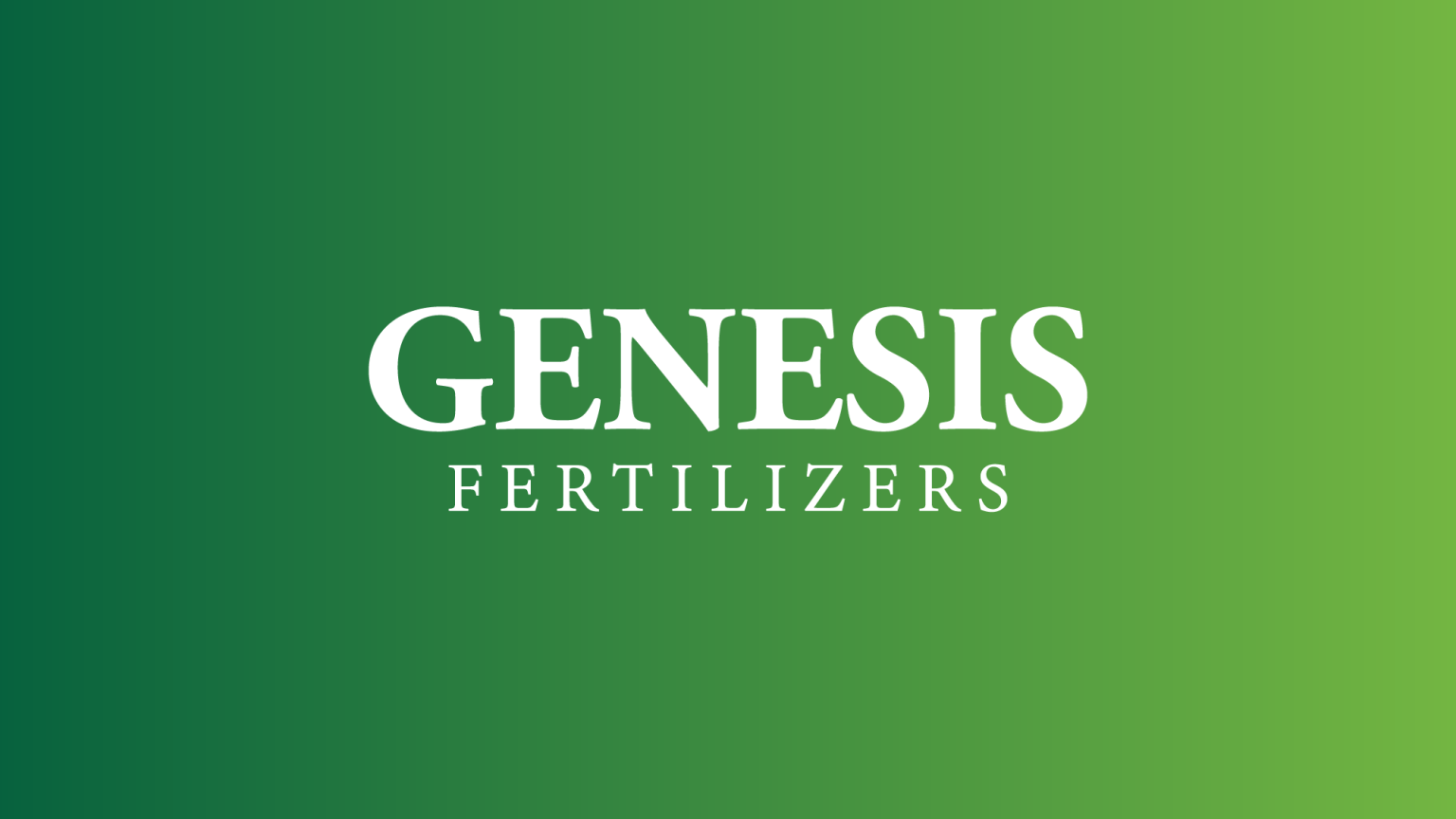[et_pb_section fb_built=”1″ disabled_on=”off|off|off” _builder_version=”4.24.2″ custom_padding=”0px|||||” global_colors_info=”{}”][et_pb_row disabled_on=”off|off|off” _builder_version=”4.24.2″ _module_preset=”default” global_colors_info=”{}”][et_pb_column type=”4_4″ _builder_version=”4.24.0″ _module_preset=”default” global_colors_info=”{}”][et_pb_audio audio=”https://genesisfertilizers.com/wp-content/uploads/2024/10/MR-oct30.mp3″ title=”Listen to the Market Report” disabled_on=”off|off|off” _builder_version=”4.27.2″ _module_preset=”default” title_font_size=”20px” width=”33%” width_tablet=”33%” width_phone=”100%” width_last_edited=”on|desktop” max_width=”100%” custom_padding=”20px|20px|20px|20px|false|false” link_option_url=”https://genesisfertilizers.com/wp-content/uploads/Audio/240807MarketReport.mp3″ global_colors_info=”{}”][/et_pb_audio][/et_pb_column][/et_pb_row][et_pb_row _builder_version=”4.16″ background_size=”initial” background_position=”top_left” background_repeat=”repeat” global_colors_info=”{}”][et_pb_column type=”4_4″ _builder_version=”4.16″ custom_padding=”|||” global_colors_info=”{}” custom_padding__hover=”|||”][et_pb_text admin_label=”Text” _builder_version=”4.27.2″ text_font=”|300|||||||” text_font_size=”16px” text_line_height=”1.3em” header_line_height=”1.2em” header_2_line_height=”1.2em” header_4_font_size=”32px” header_6_line_height=”1.3em” background_size=”initial” background_position=”top_left” background_repeat=”repeat” header_font_size_tablet=”” header_font_size_phone=”28px” header_font_size_last_edited=”on|phone” header_4_font_size_tablet=”32px” header_4_font_size_phone=”22px” header_4_font_size_last_edited=”on|phone” global_colors_info=”{}”]
Fertilizer Market Report – October 30, 2024
[/et_pb_text][et_pb_post_title meta=”off” featured_image=”off” _builder_version=”4.27.0″ _module_preset=”default” title_font=”|700|||||||” title_text_color=”#000000″ title_font_size=”32px” global_colors_info=”{}”][/et_pb_post_title][et_pb_text admin_label=”Text” _builder_version=”4.27.2″ text_font=”|300|||||||” text_font_size=”16px” text_line_height=”1.3em” header_line_height=”1.2em” header_2_line_height=”1.2em” header_4_font=”|700|||on||||” header_4_font_size=”32px” header_6_line_height=”1.3em” background_size=”initial” background_position=”top_left” background_repeat=”repeat” header_font_size_tablet=”” header_font_size_phone=”28px” header_font_size_last_edited=”on|phone” header_4_font_size_tablet=”32px” header_4_font_size_phone=”22px” header_4_font_size_last_edited=”on|phone” global_colors_info=”{}”]
In this week’s fertilizer report: India Urea Tender; What’s Driving Change in India’s Fertilizer Industry?; A Comprehensive Assessment of India’s DAP Position; Why the Canadian Dollar Doesn’t Have a Leg to Stand On; Last Week’s North American Urea and Phosphate Action; and Other Industry Tidbits.
News of the Week
In India, IPL issued a tender for 1mmt of urea to close November 11, and ship December 25. This should support global urea prices for the next few weeks until we see offer prices.
What’s Driving Change in India’s Fertilizer Industry?
Interesting article from Aditya Jain, Fertilizer Analyst at CRU, covering the reasons for the changes in India’s fertilizer industry. We follow the global markets because supply/demand situations in other countries impact the fertilizer sector in Canada. India’s urea tenders and insatiable demand for phosphates influence prices here.
The article covers: Rising Demand, Raw Material Shortages, Government Subsidies, Self Sufficiency Push, Environmental Concerns, and
Future Outlook:
The future looks dynamic as global supply chains face volatility and India continues to balance between meeting domestic demands and managing costs. A shift toward green technologies and alternative fertilizers will shape the next decade of this industry.
What’s Driving Change in India’s Fertilizer Industry? | read more
A Comprehensive Assessment of India’s DAP Position
In this article, Tom McIvor from Profercy provides analysis on the Indian DAP inventory position. We question, is there potential relief for phosphate prices heading into 2025? We will have to keep an eye on the Indian phosphate inventory. MAP has been priced at over C$1,000/mt since July 2021. We are back to a range of C$1,120-$1,160/mt Delivered Western Canada.
India’s media is full of articles highlighting crisis-level DAP stocks this week, an issue Profercy has been highlighting throughout 2024. The industry was aware of this and has been attempting to mitigate the issue. Discussions should now be around how India’s DAP stocks are expected to look heading into the Kharif season 2025.
India DAP crisis set to ease somewhat | read more
Why the Canadian Dollar Doesn’t Have a Leg to Stand On
We had to include this analysis because the CAD has been weaking almost daily since September 25. This article highlights how the three pillars of the Canadian growth foundation – housing, immigration and resource extraction – are impaired. Forex live believes the CAD could hit 1.42 (C$0.68), which will bring us back to April 2021.
Why the Canadian dollar doesn’t have a leg to stand on | read more
North America Urea Last Week
According to Green Markets, urea prices in Western Canada were flat WoW in a range of C$680-$700/mt.
Last week, the NOLA urea price range fell slightly on the high end to US$325-$328/st from US$325-$333/st the previous week.
As reported by Direct Hedge, the week started with urea Nola spreads of US$328/st bid and US$332/st offer for October. November was quoted at US$325/st bid and US$335/st offer. December was US$335/st bid and $340/st offer and Q1 was US$340/st bid and US$350/st offer.
North America Phosphate Last Week
According to Green Markets, the latest delivered Western Canada MAP prices were flat WoW in a range of C$1,120-$1,160/mt. MAP supply remains tight across North America.
MAP NOLA prices were up slightly on the high-end WoW in a range of US$640-$652/st from US$640-$650/st.
Industry Tidbits
- Canada on Track to be the world’s third largest wheat exporter in 2024/2025
- Russian wheat exports to fall amid crop woes
- Opinion article: Saskatchewan irrigation project must be scrapped
- The Rise of BRICS: A Game-Changer in the Global Economy
[/et_pb_text][/et_pb_column][/et_pb_row][/et_pb_section]











